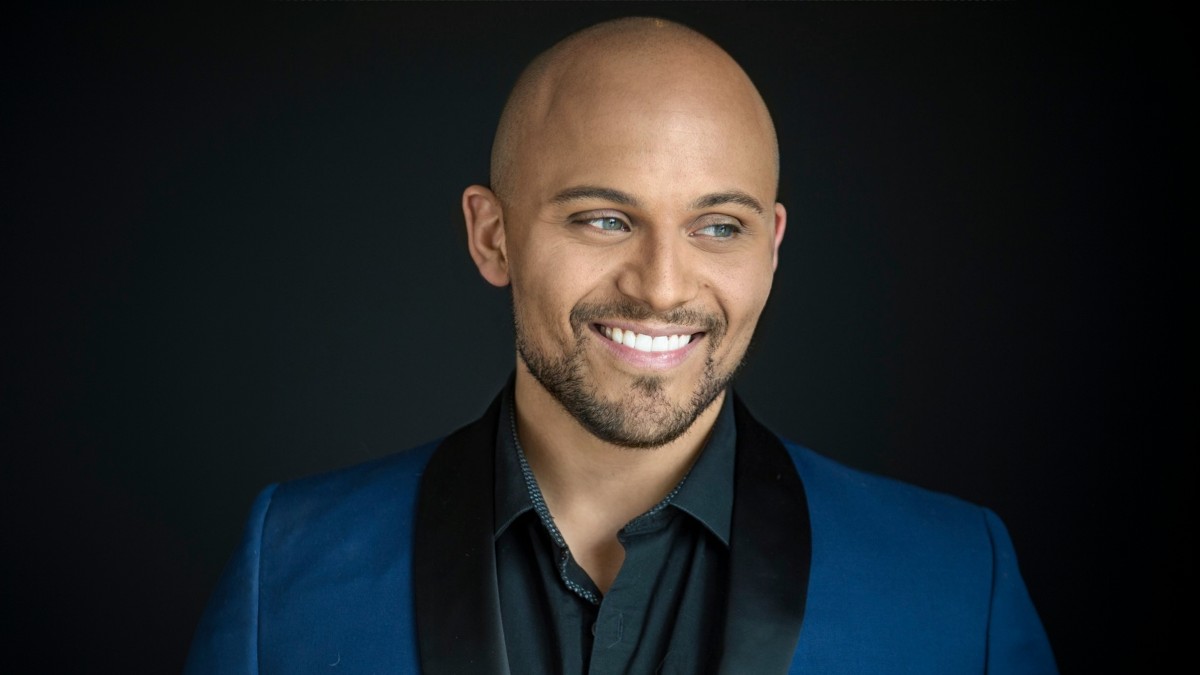
A Case Study
Narrative | Dramatic Features
Film Name: MIXED ↑ (MixedUp)
Genre: Art Film/Doc
Date: Nov 2020 (Canada on OUTtv, Amazon Prime, AppleTV) Jan ’21 (NZ on TVNZ) March 21 (the UK and Ireland on Froot.tv). Upcoming in Australia, South Africa, and India. We are currently screening internationally in festivals.
Director: Haui (Howard J Davis)
Producer: Haui (Howard J Davis)
Writer: Haui (Howard J Davis)
Editor: Haui (Howard J Davis)
Co-producer: Jack Fox in association with OUTtv
Production Company: Mixed Up Pictures Inc.
Budget: $25k
Financing: OUTtv
Shooting Format: Digital Canon Cinema Camera Series, 1080p, 23.976FPS, Full Mix
Screening Format: H.264, MOV, DC
World Premiere: OUTtv
Awards: Choice Awards Best Film & Best Director (ByBlacks) Best Feature Documentary (Windrush Caribbean Film Festival) Audience + Jury Prize Nominee (Image+Nation LGBTQueer Film Festival)
Website: mixedup.ca
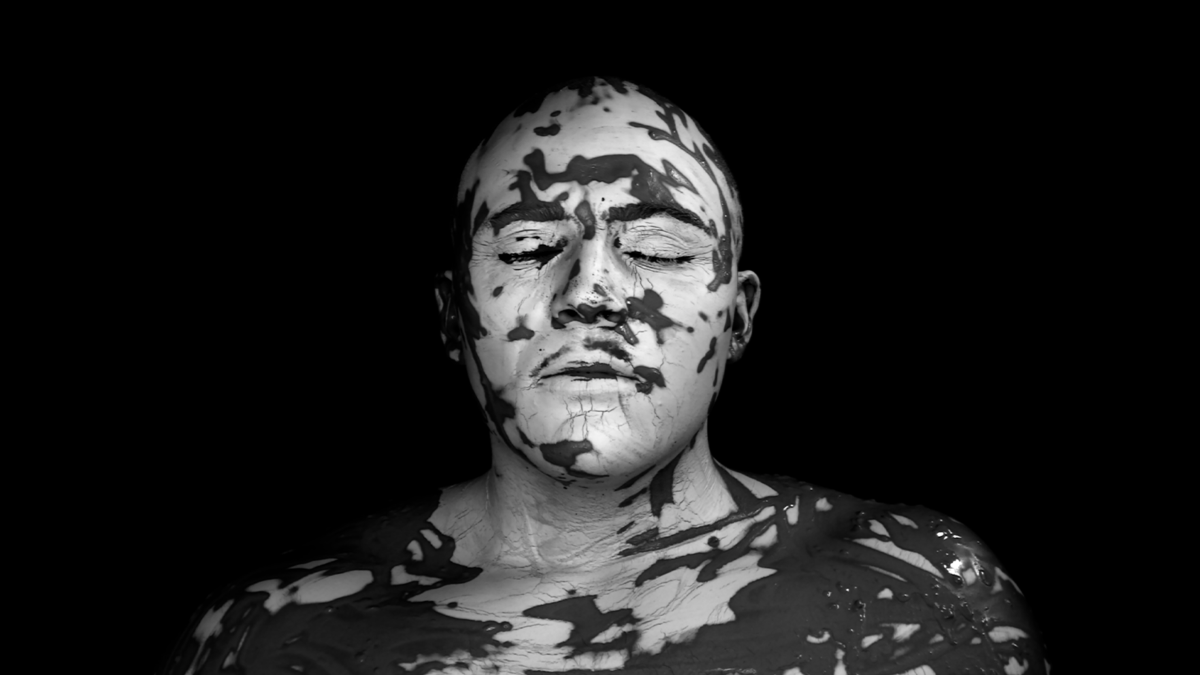
indieactivity: Tell us about “who you are“?
Howard J Davis (HAUI): My name is HAUI. This name was born from creating my first feature film, MIXED↑ (MixedUp). It is a shorter version of my birth name Howard. I took the name, in part, because it is gender fluid and also as it is racially ambiguous.
My work is diverse, like my DNA. I’m a mixed media artist that defies any form of categorization. My work is rooted predominantly in lens-based media, directing, designing, and devising new works in film, theatre, and opera, often blurring lines between mediums.
HAUI stands for “Hybrid Artist Unique Impressario.”
Introduce your film?
HAUI: I’m going to quote Michael Belcher, Faculty at the Collége LaSalle in Montreal, who summed up the film pretty well in this write up for its festival premiere at Image+Nation LGBTQueer Film Festival:
“Mixed UP↑ feels like the future. A mixed multimedia opus about mixed identities, whether they be racial, generational, national, or gendered.
An emotional history lesson that’s also a window on human potential. Dance, animation, archival footage, painting, video testimonials, Zadie Smith quotes, text conversations, spoken word poetry, performance art of the filmmaker covered in a color-changing membrane as if encrusted in a chameleonic crème brûlée – these are just a few of the methods used to detail and deconstruct cycles of prejudice.
The story of one mixed-race family from the UK expands to encompass a chorus of voices, old and young, indigenous and “passing.” Producing this work during the discomfort and confusion of the COVID-19 crisis, Canadian multi-disciplinary entrepreneur Howard J. Davis (aka Haui) harnesses those same forces in the name of unity, willing to swim in contradiction in order to reach a place where the differences that define him can be simultaneously embraced and seen beyond.”
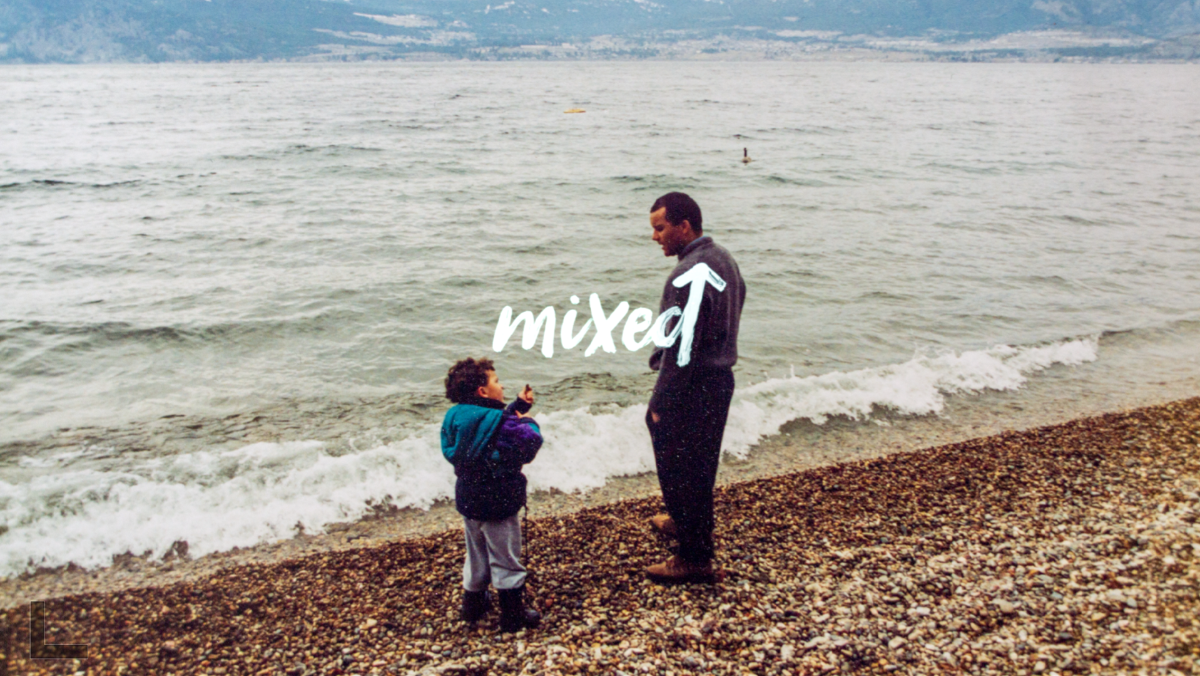
Tell us why you chose to write, produce, direct, shoot, cut/edit the movie? Was it financial, chance, or no-budget reason?
HAUI: MixedUp was created to release all the emotions and feelings surrounding being someone of mixed heritage. The good and the undiscussed. I would call it a chance happening. 2020 was a big year for all of us, and when I had a platform given to me to speak to the contradictions, nuances, frustrations, and gifts of living in this middling spot: I took it.
Introduce your crew?
HAUI: Jack Fox was the co-producer and my rock during this process. Jack’s sensibility was something I’d been waiting for in an artistic collaborator. Surprisingly, not many people know we created this whole movie together from opposite ends of Canada. Jack was instrumental in the creation of this film.
Peter Hinton, the associate producer, also happens to be my husband. Another force in my life artistically and personally, there were many nights when I was up late working, and he would be there to ground me, help me and structure the work dramaturgically. So he was another outside eye and profound part of birthing this work.
Freddy Gabresek was the mastermind engineer who mastered and made everything sound perfect and fluid. The film’s scores were curated by myself and became a patchwork of existing music in classical repertoire juxtaposed with modern hip-hop instrumental and new age music. However, the final mix and all the narrations were truly elevated by Freddy’s talents.
A special shoutout to the documentary subjects. A collection of my biological and found family I’ve accumulated along the way included Thom Allison, Tantoo Cardinal, and Jani Lauzon.
Diane Roberts worked as a cultural advisor on the piece. This was exciting to e a role of dramaturgy that is not often in the cinematic medium. She was used as a consultant to share her point of view as a woman of color, to propose questions of the film, and ask me to dig deeper into motifs and ideas that I had.
Also, huge shoutout to my parents, without whom I wouldn’t be on this planet. Because of them, I am mixed, and I wouldn’t have it any other way.
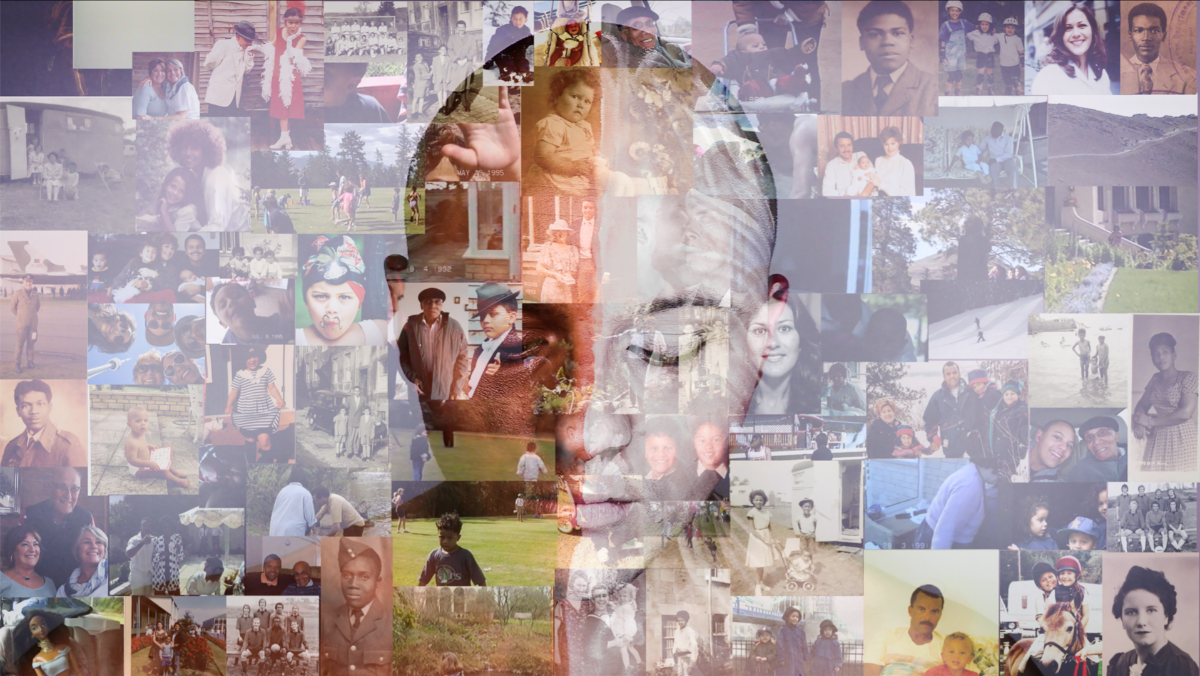
What are your personal experiences putting on all these hats/responsibilities (simultaneously)? Tell us about story, writing, and production?
HAUI: As independent creators and especially artists from the theatre, we are used to learning how to be dextrous and adept and working with limited resources. It was a lot to juggle at times in this creative process. Navigating from aspects such as the script to dramaturgical and narrative structural adjustments to dealing with deal memos and licensing. So many things go into filmmaking, especially when editing, directing, and producing. It can be overwhelming, but the results are so rewarding.
What is the source of the idea? How did the story develop from the idea? And how did the story evolve into a screenplay? Why do this story? Do you have a writing process?
HAUI: This is a difficult question to answer to this day, even three years into this process. This question is so often asked I feel like saying, “read this other interview.”
I’m joking.
With a profoundly personal piece like this, the seed of inspiration is cumulative and has many roots. I will start by sharing an idea I read British writer and novelist Zadie Smith talk about in her article “Presumptions of Fiction.” It just so happens that Zadie Smith agreed to be a part of my film. A true highlight of my career.
I agree with Zadie Smith in that we live in a culture now where “write what you know” has become a bit of a threat to “stay in your own lane.” All I’ve ever known was being mixed. It was something I knew so innately. I’d never seen a story that explored the nuances of the mixed-race experience before. Many documentaries around this subject that I’d seen before tended to show mixed experiences as a binary experience of blackness and whiteness rather than the grey in-between. I have many intersections in my queerness, blackness, whiteness, and maleness: the list goes on.
I thought MixedUp would be something I’d write to get out of my system. The first time I read it aloud, my husband, a gifted writer, director, and dramaturg, said to me, “Haui, there is something incredibly compelling here.” I followed this impulse, further thinking I would write this for the stage.
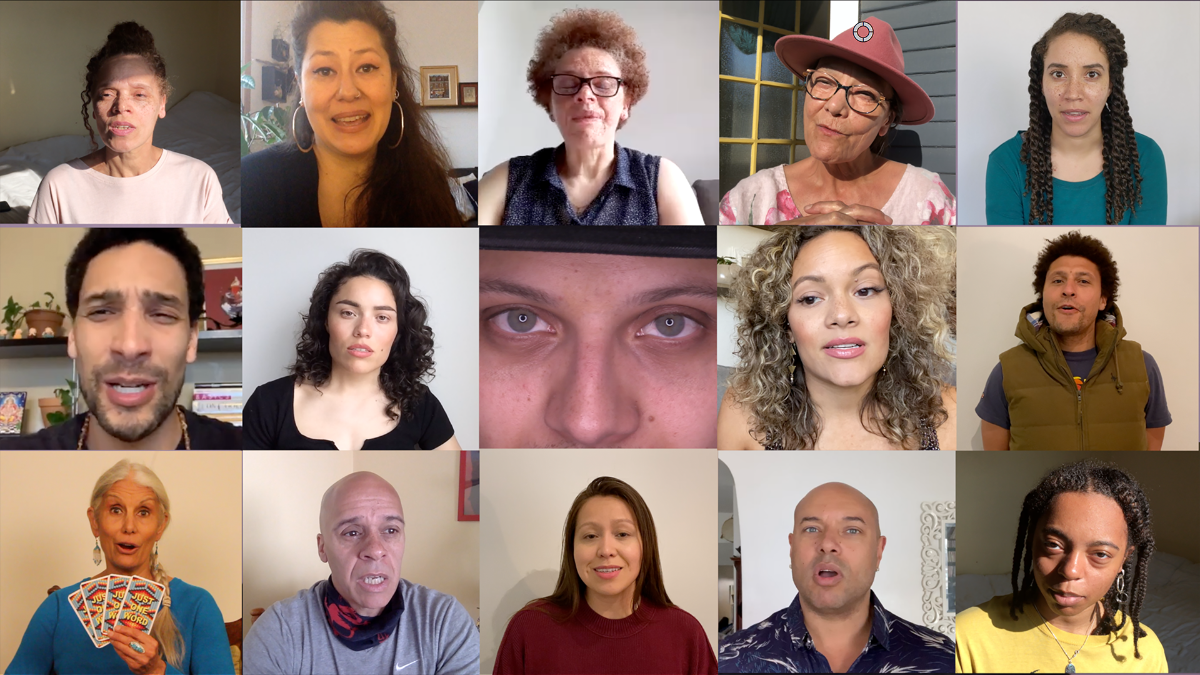
When I met Jack Fox, I introduced this idea to him while working on another project he invited me to be part of. Jack had connections to OUTtv, who were interested in the concept, and the rest is history. MixedUp was a cathartic way of expounding these ideas I’d had about my lived experience.
What I learned from it is that moving forward as a storyteller, my gaze and point of view will be looking outward. I’ve shared my story now. It’s out in the world. I’m excited about the inquiry of other people’s stories, obviously, with an invitation and without displacing others from their experience. It is so vital for us to look outward. In this day and age, more so than ever. We have to look towards one another.
Let’s talk pre-production: take us through a timeline of how you started and ended it?
HAUI: Pre-production began in 2019. I was working in Halifax performing in the Canadian premiere of Alice Walker’s The Colour Purple. It was a perfect place, given the region’s rich cultural history and exploring my blackness to begin the work of compiling the script. From this, financing began, which was a long process. It can be hard to be financed only because you don’t have a track record to back up your credibility as a newer filmmaker.
How did the pandemic affect your process?
HAUI: I was on a working holiday in France when Covid hit. Luckily, I’d made my way to the UK (my country of birth), where I’d filmed some of the footage for the film. I’d planned to go into production that summer while also preparing for my first season at the Stratford Festival of Canada. However, when everything halted due to lockdowns, I had nothing but my film to occupy me. It was a true blessing to have this film to work on. I had four months to shoot, edit and deliver the film to the LGBTQ Network OUTtv, which I did from the comfort of my home studio. Those months of solitude were some of the most creative moments in my artistic practice to date. My art literally saved me through the pandemic.
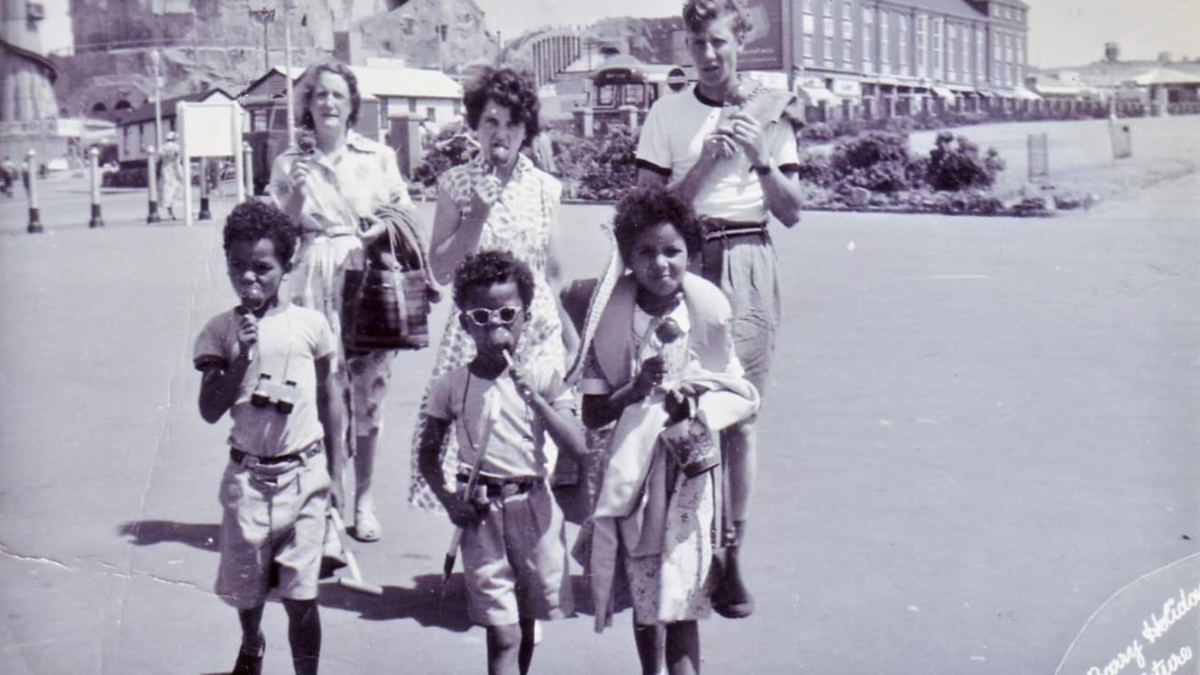
During the film production, what scene (that made the cut) was the hardest to shoot? And why?
HAUI: Oh my goodness!
The opening scene was definitely one of the hardest. In this scene, I turn from shiny dark gloss to marble white. It was an allegory for me to show the audience how it feels every time someone tries to reduce my experience as just another white person. In some ways, people find it easier to assimilate and assume that I am white. It is simpler. More binary.
A way to comprehend that doesn’t require complex and mindful thinking. I imagine they do this to ignore the complexity and many shades that blackness occupies on some level. However, this often negates my blackness. I co-exist as both. The special effect was achieved using a clay mask that formed on my skin over about 2 hours. It was filmed in real-time, drying to my face, and then sped up. It was terrifying to film as the mask hardened, sealing my eyes shut. If you watch that scene, you will see me panicking.
What were the advantages and disadvantages of the way you worked?
HAUI: I think the advantage was having complete autonomy over how the storytelling would unfold. Because this is essentially a biography of my child-life and young adulthood, I could share my experiences and thoughts candidly. I’d say the only disadvantage was being unable to share the process with more people. Because of Covid, I had to take on a lot myself.
The film looks stunning. How did you get such a good look when shooting so fast?
HAUI: Firstly, Thank you. One of my skills is working under a time crunch. I honestly think theatre artists are so good at working within limitations that we thrive under huge stakes and pressure. This urgency pushes me to be on my game.
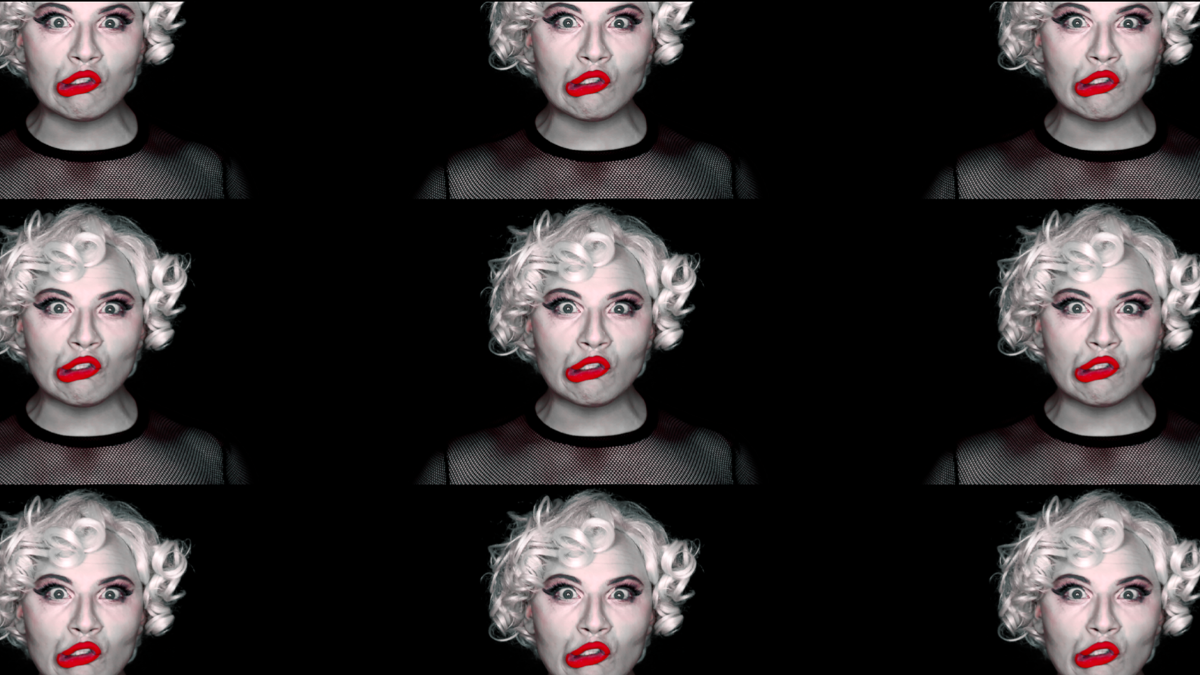
When did you form your production company – and what was the original motivation for its formation?
HAUI: I incorporated a company for this film. It has certainly motivated me to create more works that share LGBTQ+ and BIPOC stories.
What was the first project out of the gate?
HAUI: I started as a performer, which I still do. I’d produced short films before MixedUp. The first significant project I directed was a French short film entitled C’est Moi. (www.cestmoifilm.com) This film explored the history of Marie Josephé-Angélique, an enslaved Black woman who was tried, tortured, and killed for allegedly burning down the city of Montreal. This film has since gone on to win several awards and screen at over 30 international festivals. It is also available through Moving Images Distribution in Vancouver and is at most major Universities in Canada.
What about independent filmmaking and the business do you still struggle with?
HAUI: I think the development stage of production is always tricky for me to wrap my brain around. The industry claims to care and cultivate diverse content, ideas, and yet development funding can be the most difficult to obtain. You can’t get financing until you have done most of the work, whether by getting a script written or your “show bible” created. So once you get finances you are paying back the work you’ve already done on spec. That is something I think we need to put more thought towards in the industry. How do we genuinely support artists in the early stages of development to maintain their intellectual property and agency over the project?
Where do you think your strengths lie as a filmmaker?
HAUI: That’s a tricky question only as I think that is for others to say. What I will say is what others have said about my work. I’ve been told I’m a very honest storyteller and that my work is visually striking. I constantly strive to illuminate underlying meaning using visual metaphors when I work. Sometimes successfully, other times not so much. My photography background has given me a flair for aesthetics and style.
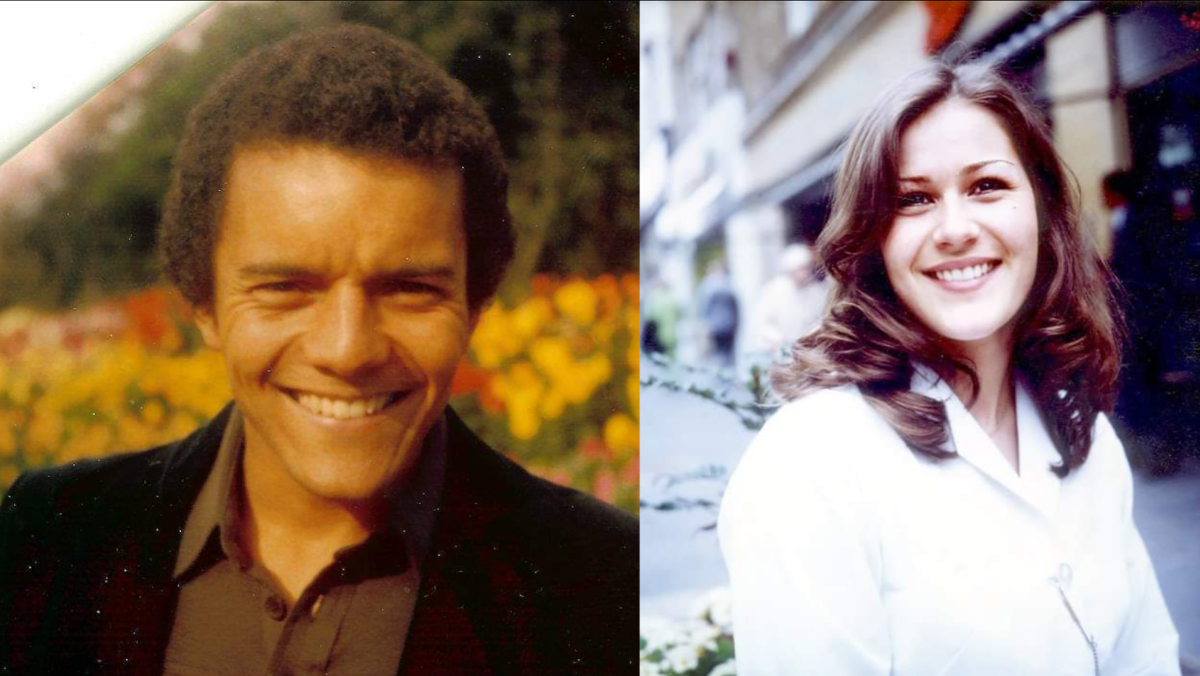
How important is marketing? Talk about the festival tour? Do you think a project can make a dent without it nowadays?
HAUI: Marketing is beneficial. Having a knack for photography is helpful in this department. Having good images is just as good as having a good film. I’ve created press kits for several projects now, so I’ve gained skills at packaging films. These experiences helped with MixedUp’s festival tour, which I never anticipated with a pandemic. I just assumed we would go straight to VOD. If you are an entrepreneur, you can work around marketing, especially with social media. They are great tools.
What do you hope audiences will get from the presentation of your film?
HAUI: I hope anyone who has ever felt judged or ostracized for being odd, queer, a person of color can take comfort in MixedUp. Those who judge us for being different are afraid of our innate individuality. When we step into our power, it intimidates people who tend to follow the pack. Being different makes us interesting. Instead, people try to dim our light.
What else have you got in the works?
HAUI: Lots going on. Some things I can’t talk about just yet. But others are on the horizon. This summer, I am back at the Stratford Festival of Canada, working on a new play by Canadian writer Anne-Marie Macdonald. I’m writing my first libretto for an opera I’ll be directing about Canadian singer Portia White. I’m developing my first tv series, writing more, part of an exciting initiative for emerging BIPOC producers in Canada, and getting ready to travel again.

Tell us what you think of the Case Study for MIXED ↑ (MixedUp) by HAUI. What do you think of it? Let’s have your comments below and/or on Facebook or Instagram! Or join me on Twitter.
Follow HAUI on Social Media
Website
IMDb
Facebook
LinkedIn
Instagram
MORE STORIES FOR YOU









